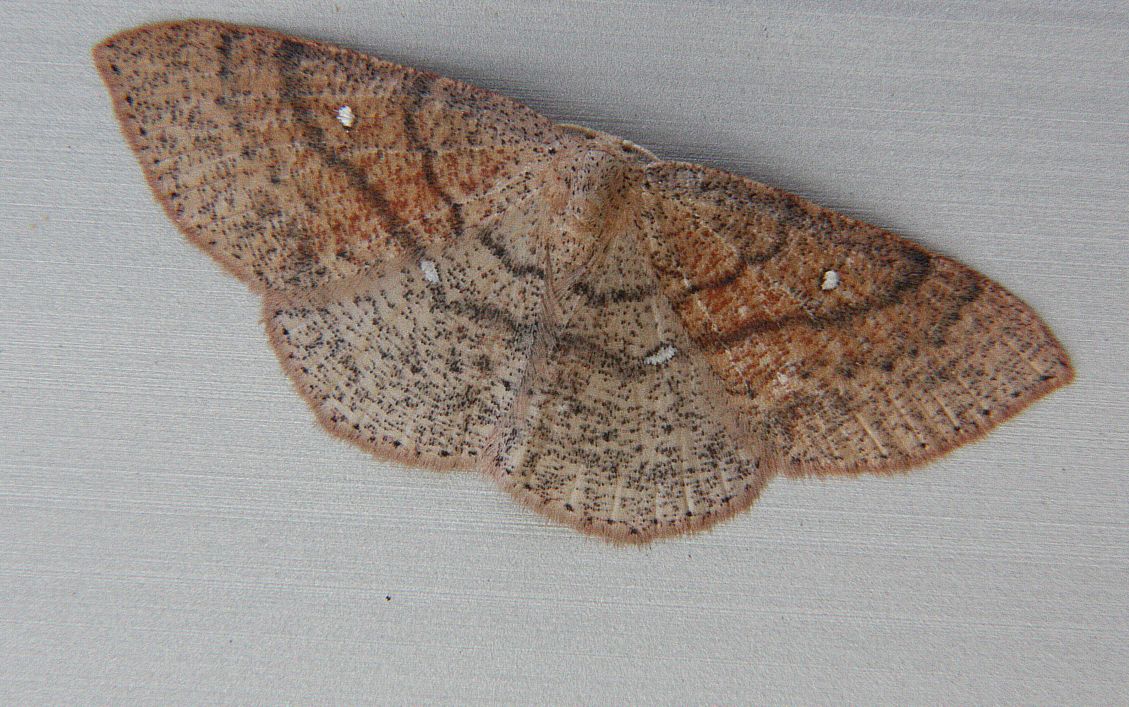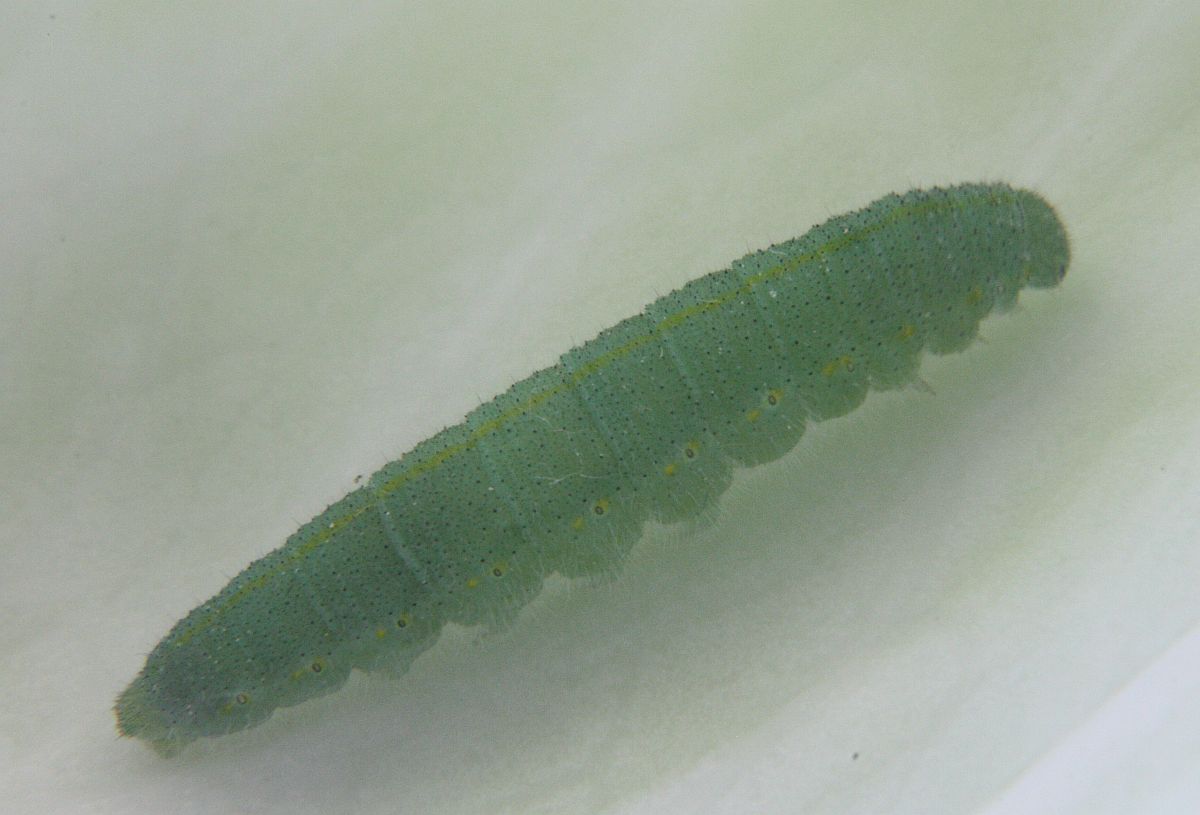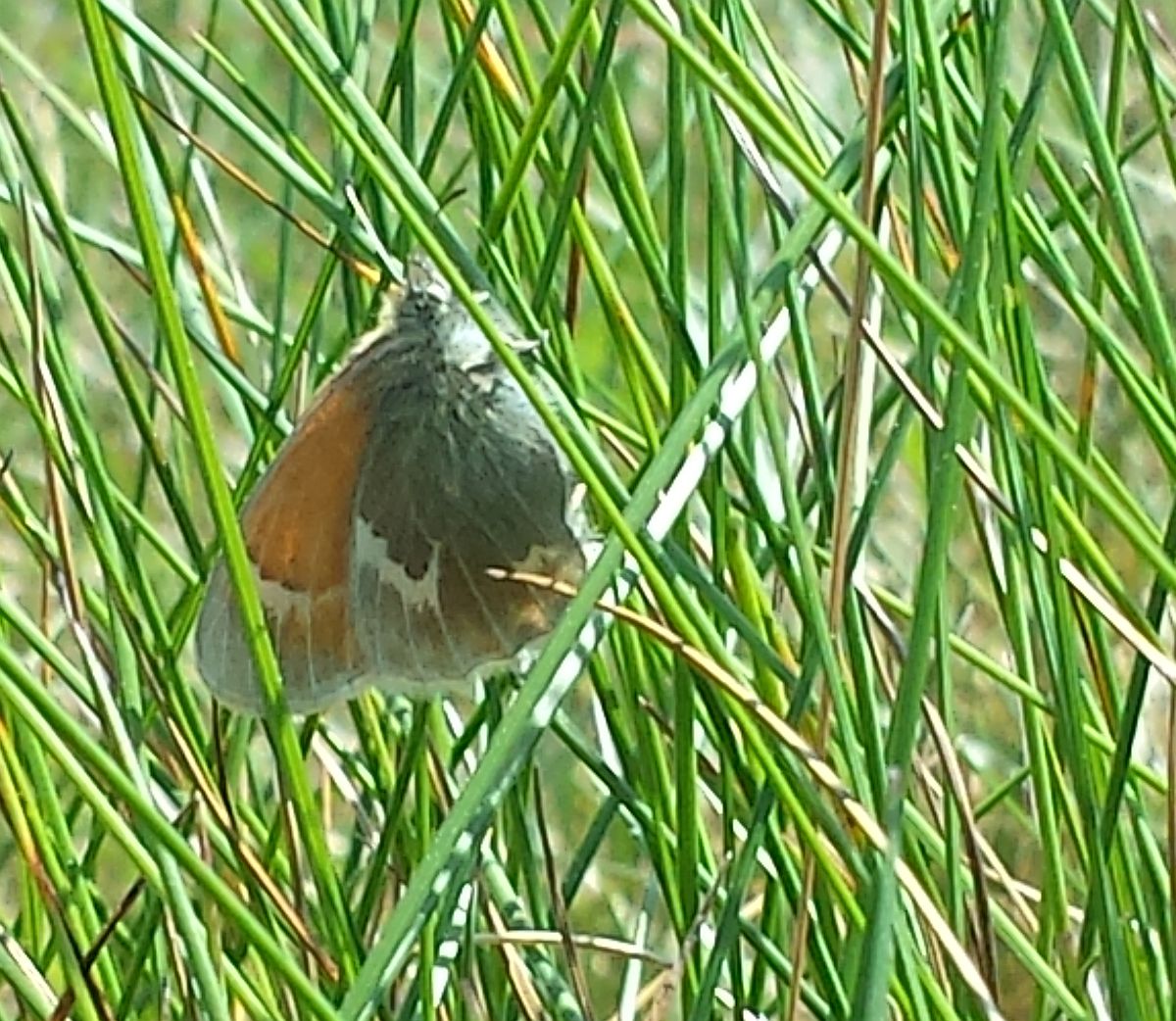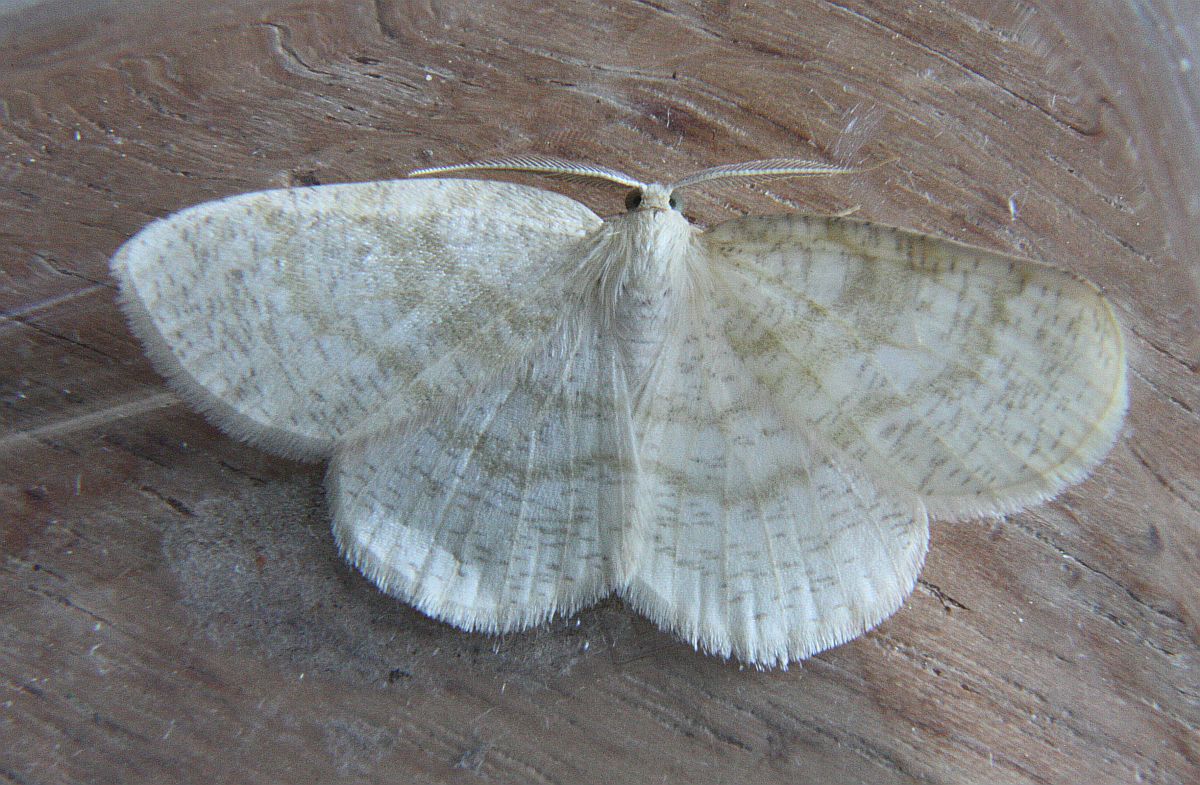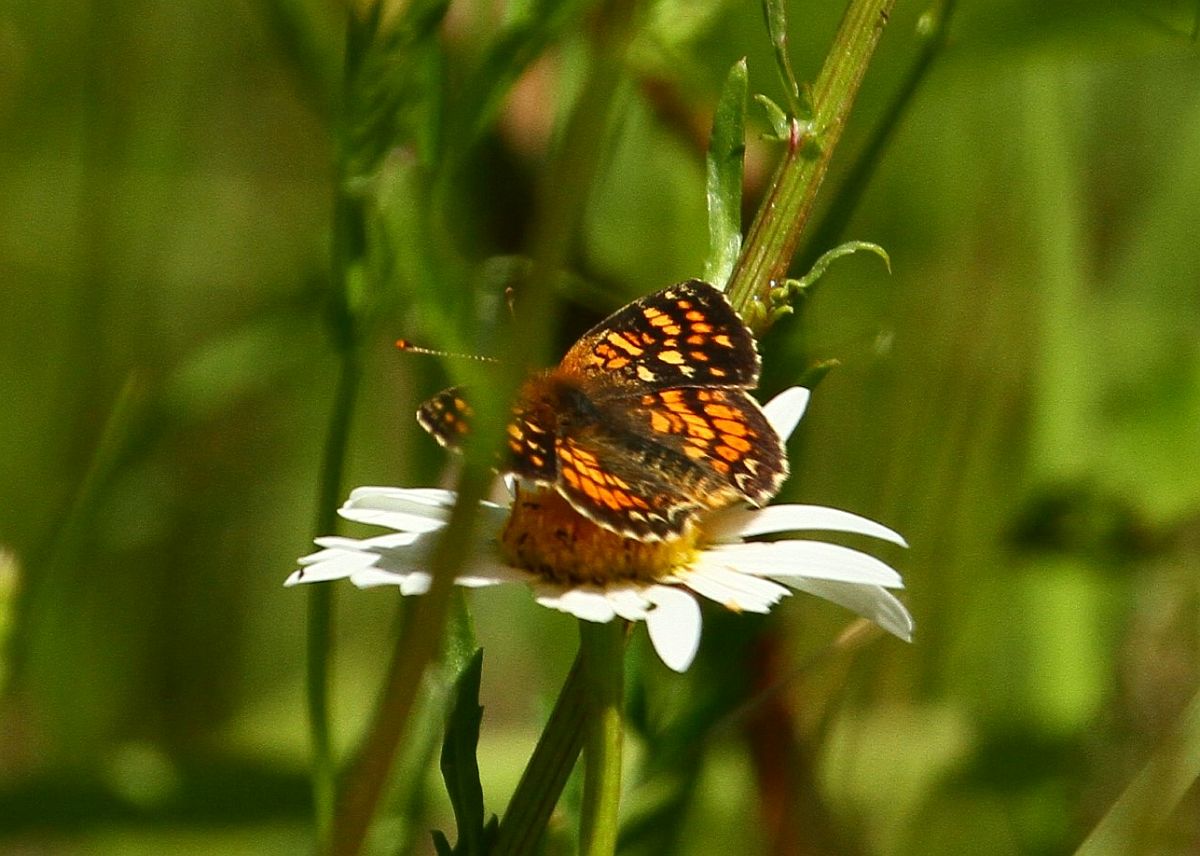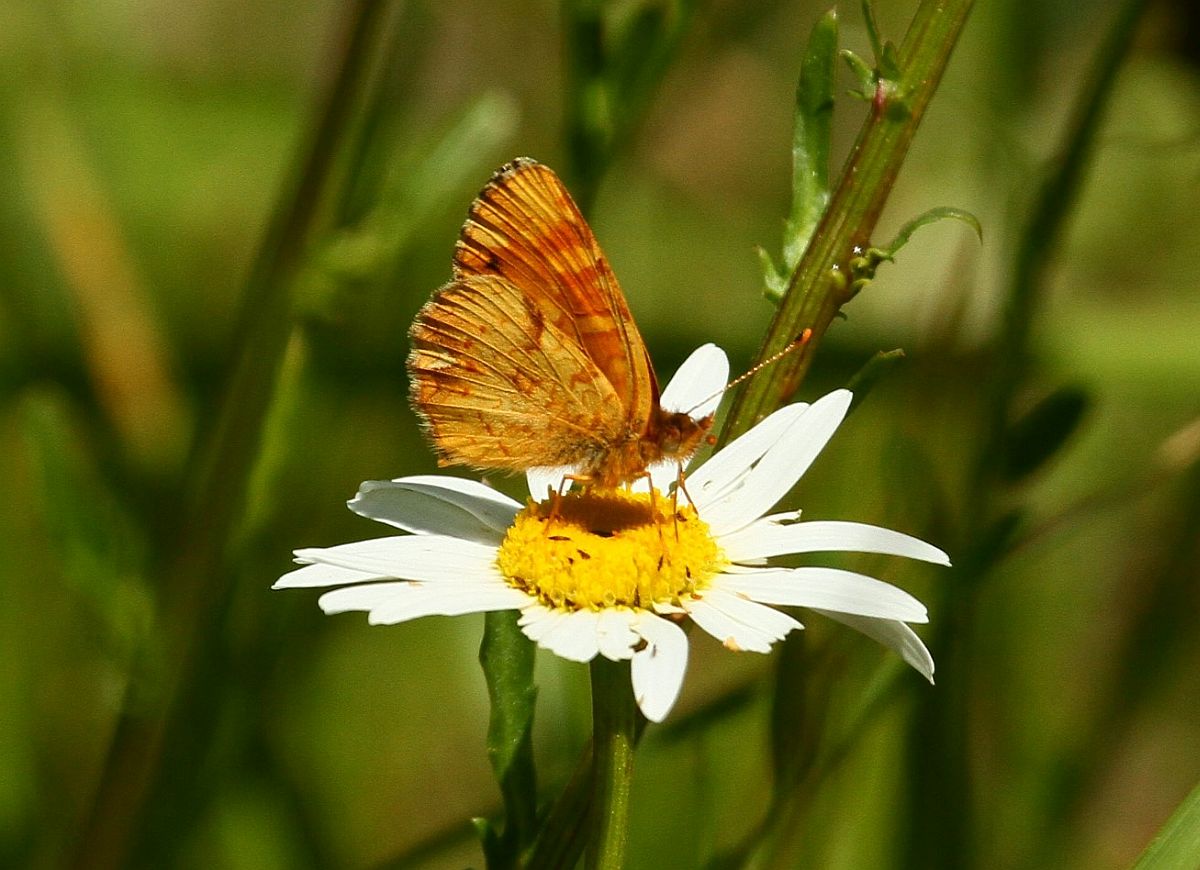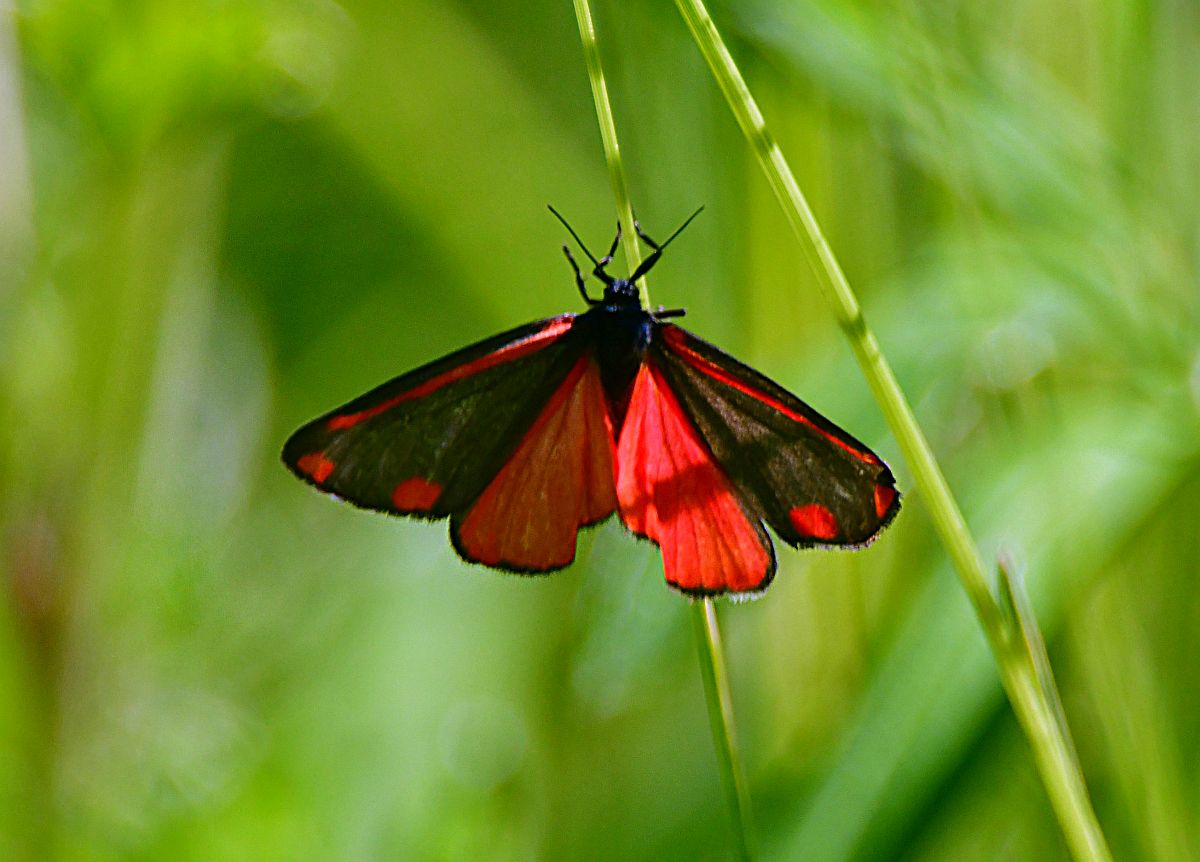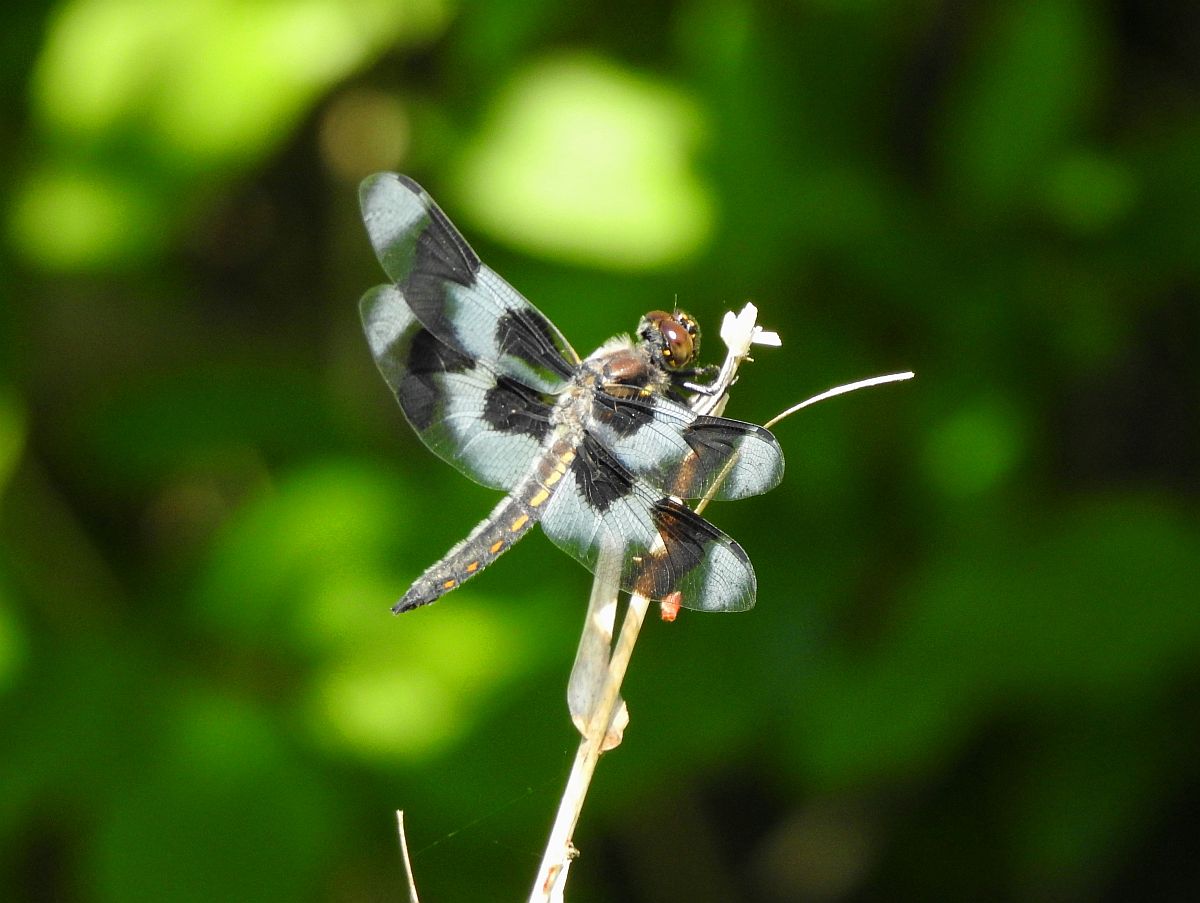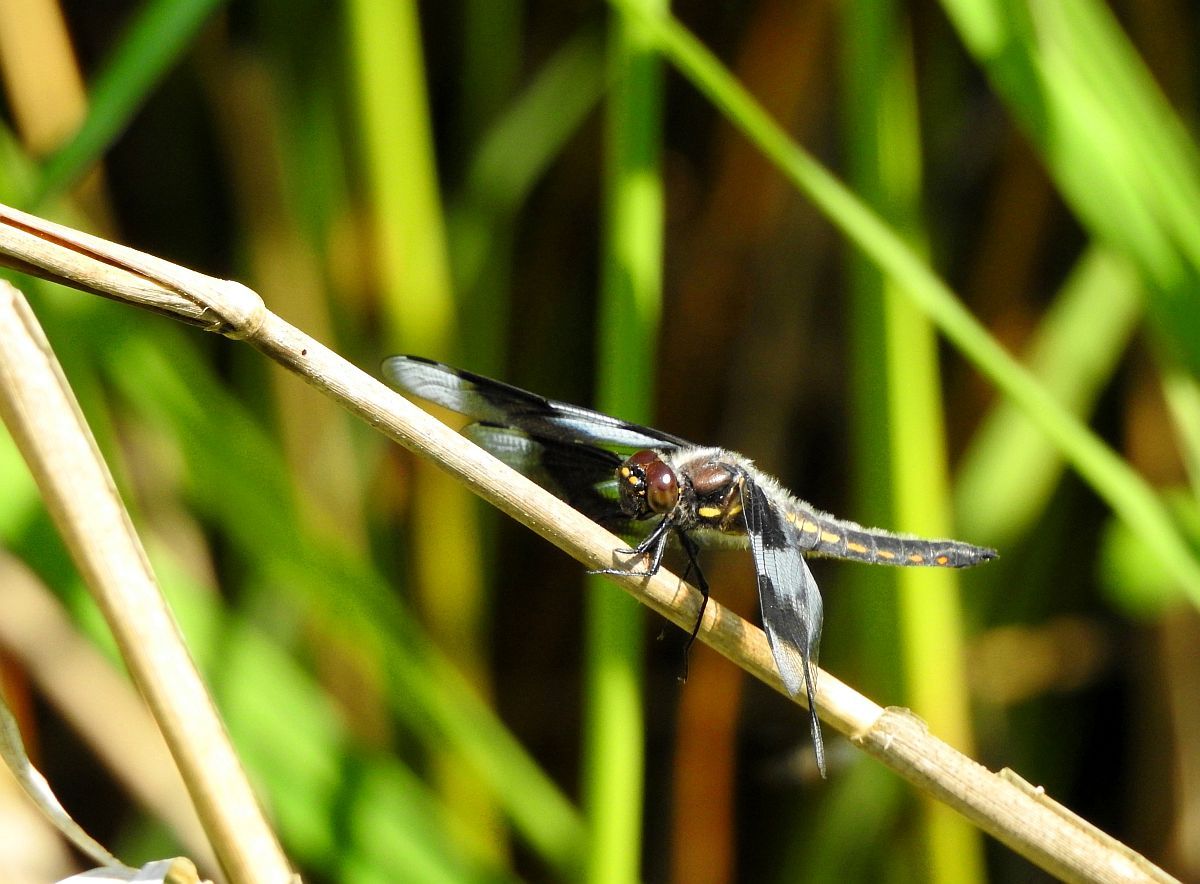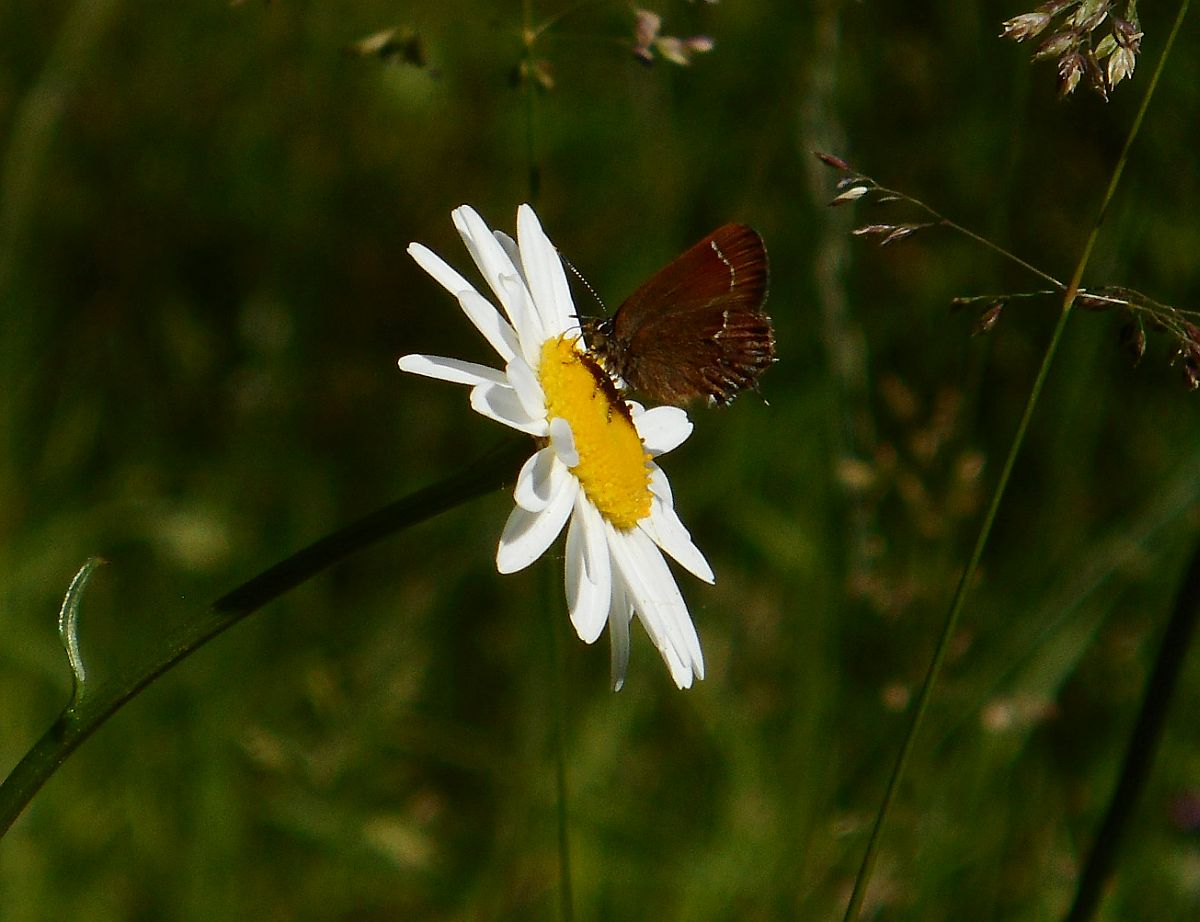2018 May 21 evening
More Möhr moths from Metchosin:

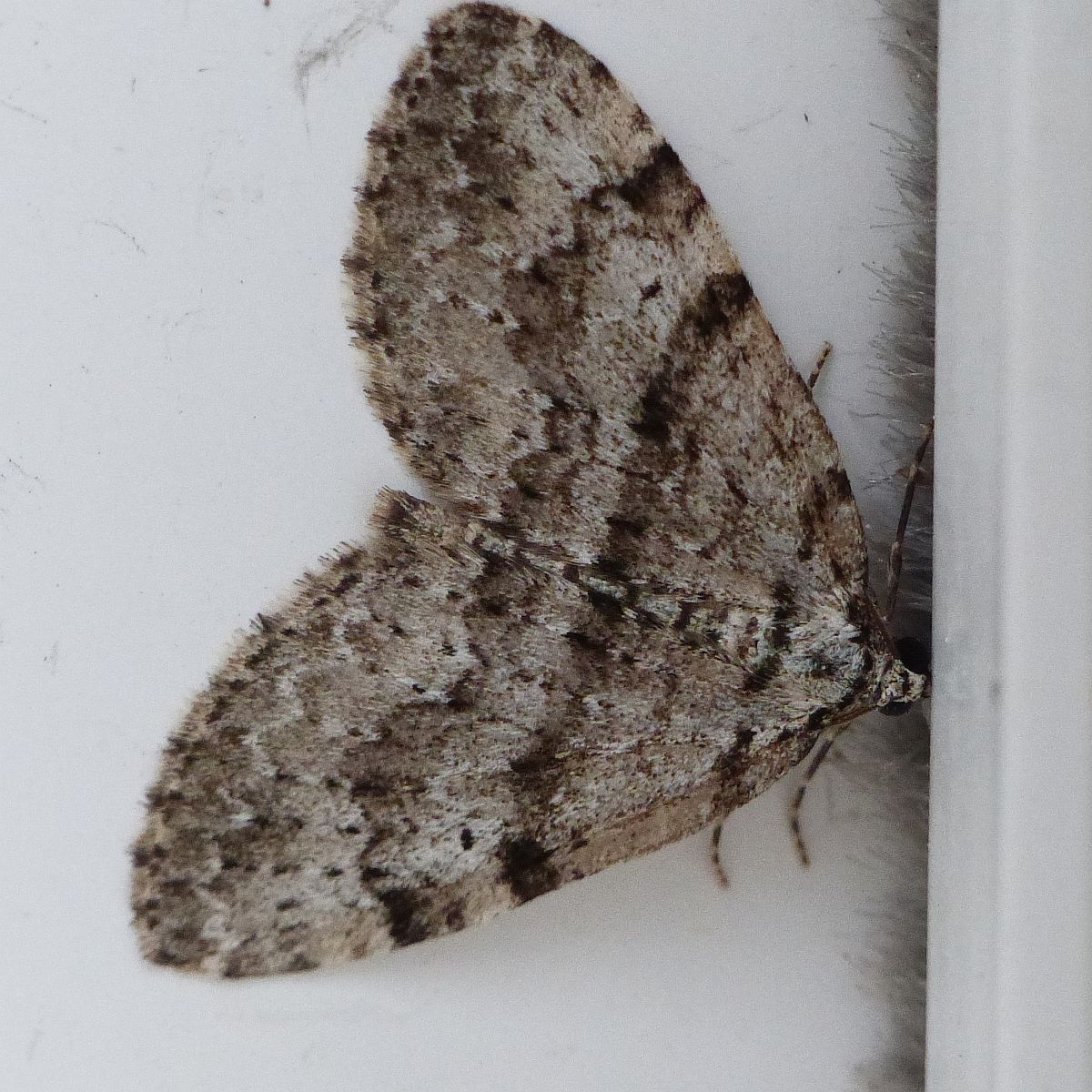
Perizoma curvilinea (Lep.: Geometridae) Jochen Möhr

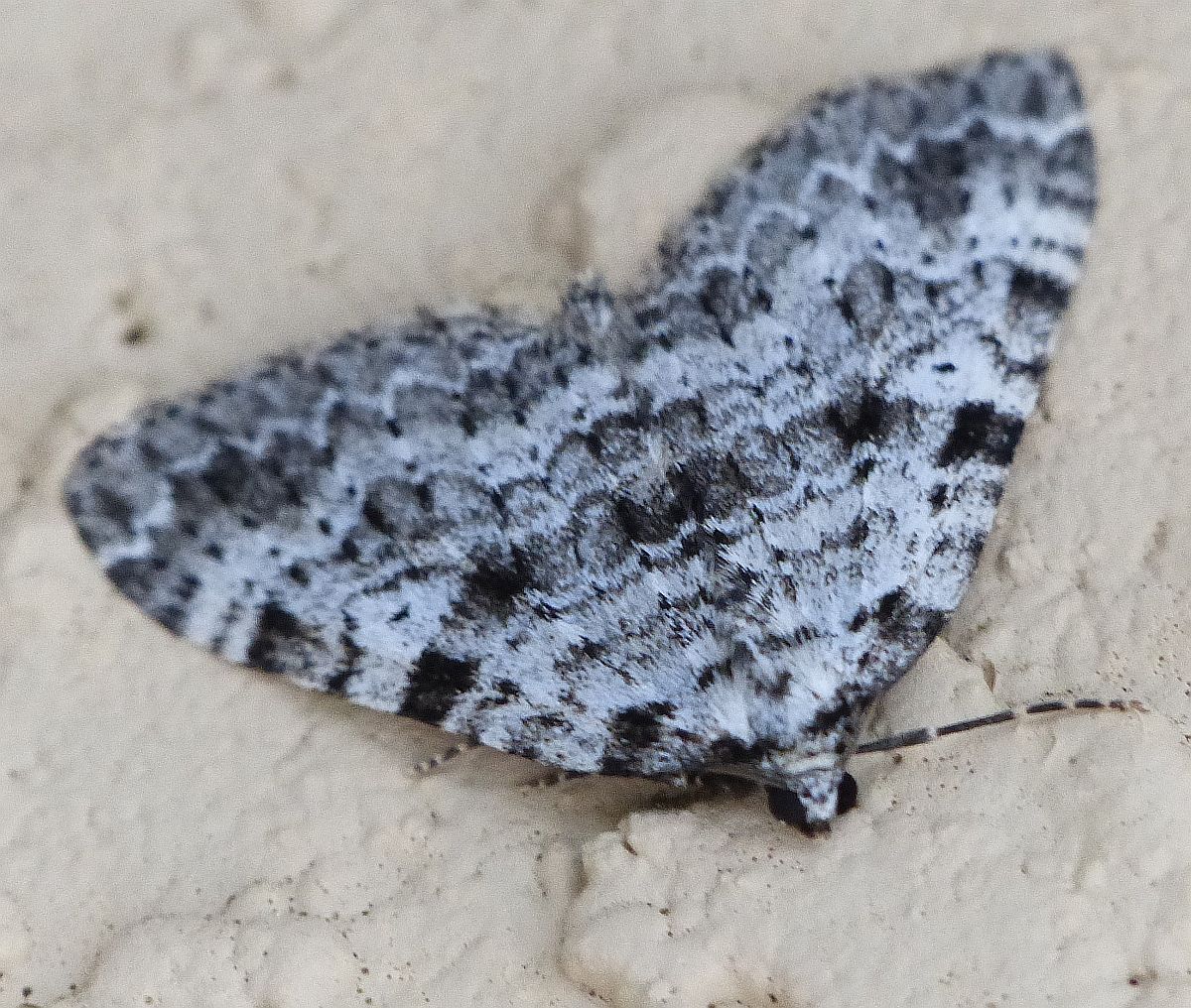
Perizoma curvilinea (Lep.: Geometridae) Jochen Möhr

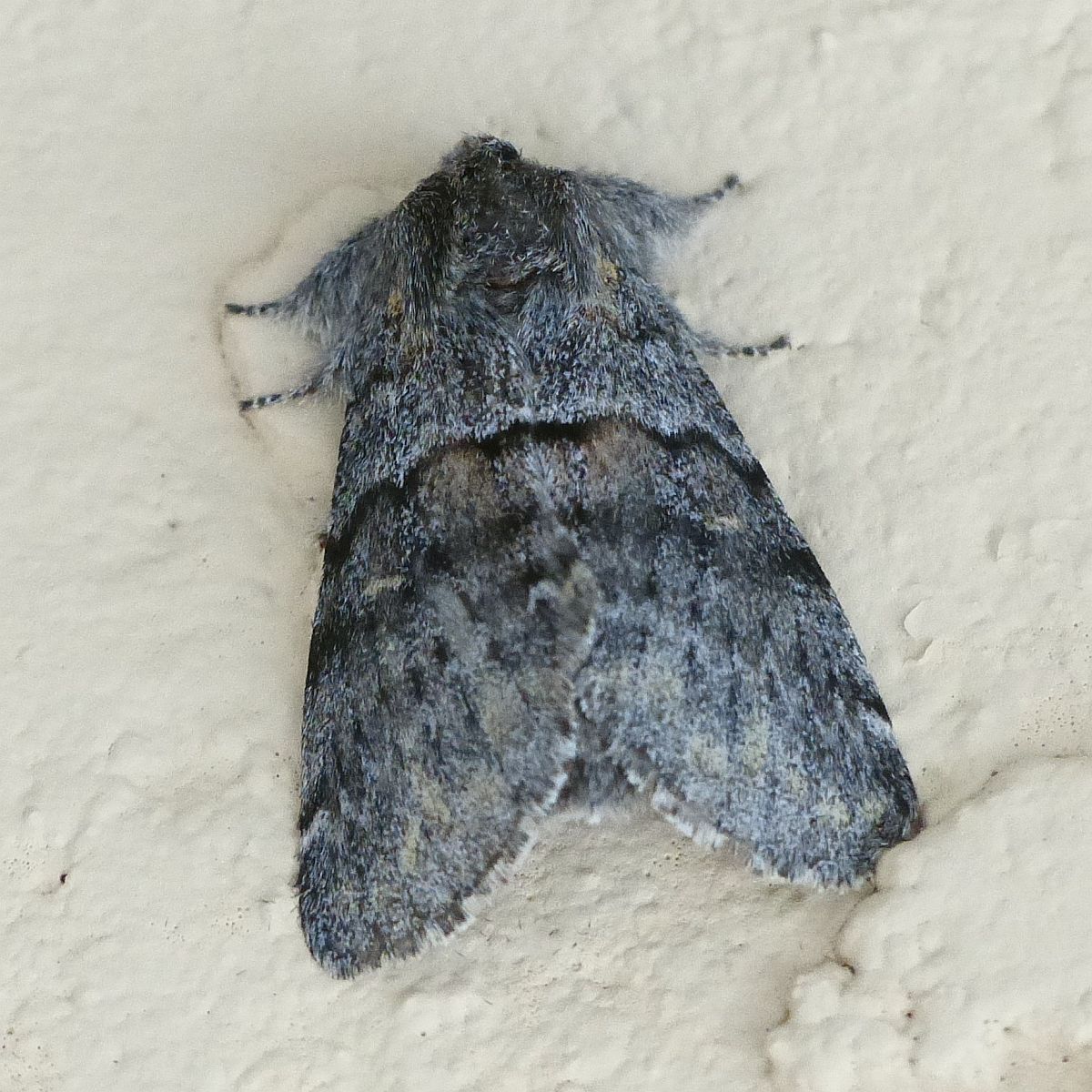
Gluphisia severa (Lep.: Notodontidae) Jochen Möhr

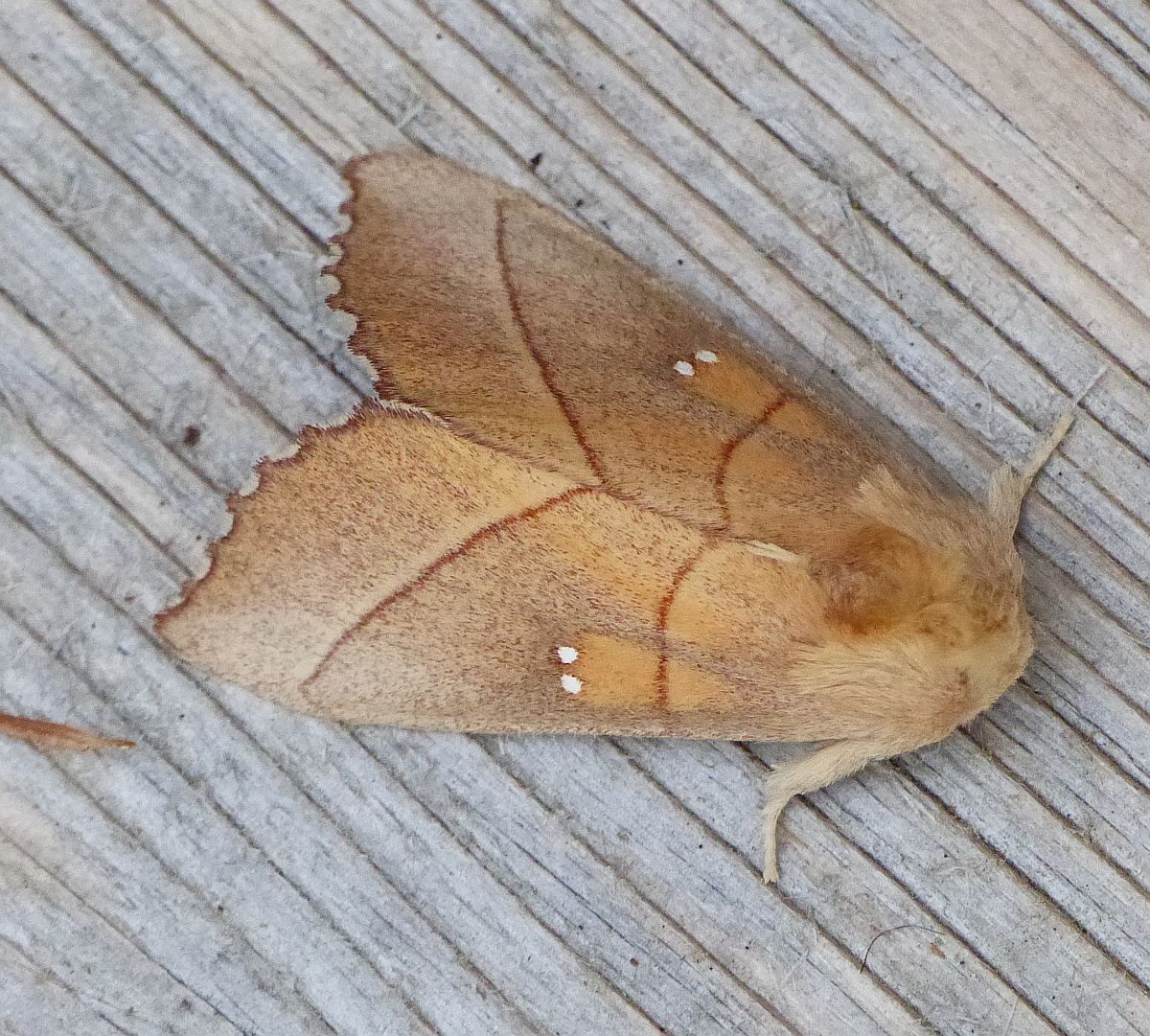
Nadata gibbosa (Lep.: Notodontidae) Jochen Möhr

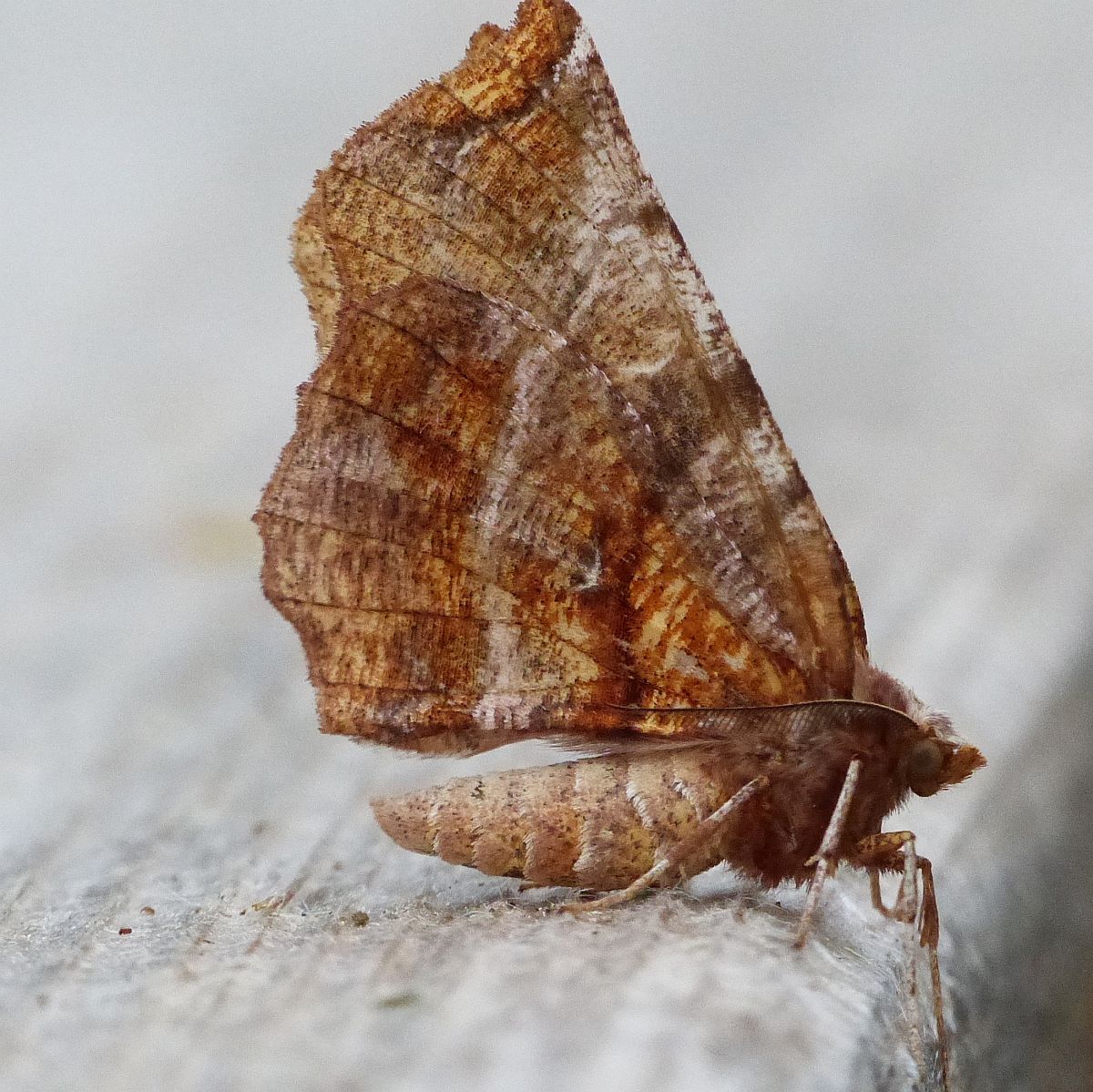
Selenia alciphearia (Lep.: Geometridae) Jochen Möhr
The West Coast form of the following spectacular hawk moth is treated by some authorities as a separate species Smerinthus ophthalmica. Here, for better or worse, I retain the name Smerinthus cerisyi.

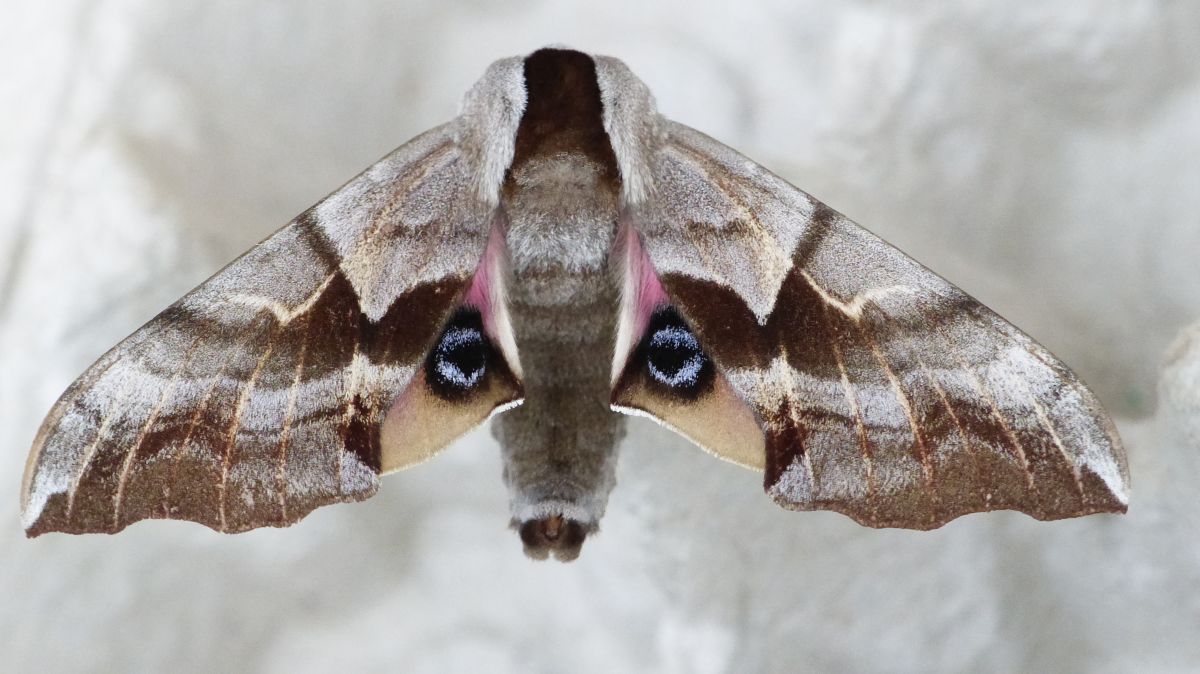
Smerinthus cerisyi (Lep.: Sphingidae) Jochen Möhr

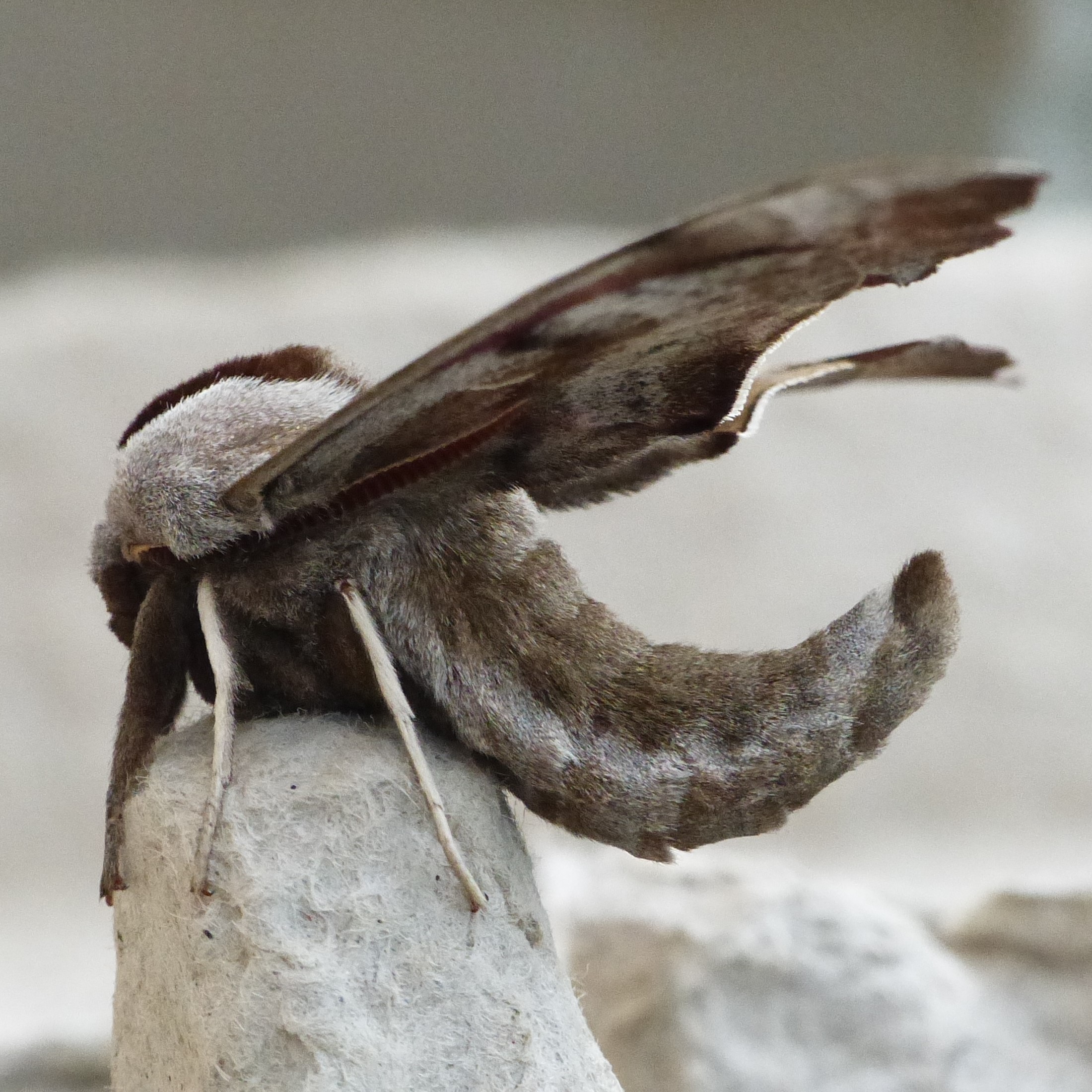
Smerinthus cerisyi (Lep.: Sphingidae) Jochen Möhr
On the butterfly front, Gordon Hart, just back from a visit to Ontario, reports that he has Cedar Hairstreaks, Western Spring Azures, Green Comma and Pale Tiger Swallowtails in his Highlands yard.
Ron Flower sends photographs of a Silvery Blue from the Colwood turn-off, and a Satyr Comma from Goldstream Park, May 17. Satyr Commas, formerly common, have become quite rare in the last two years, so it is reassuring to know that there are still a few about.
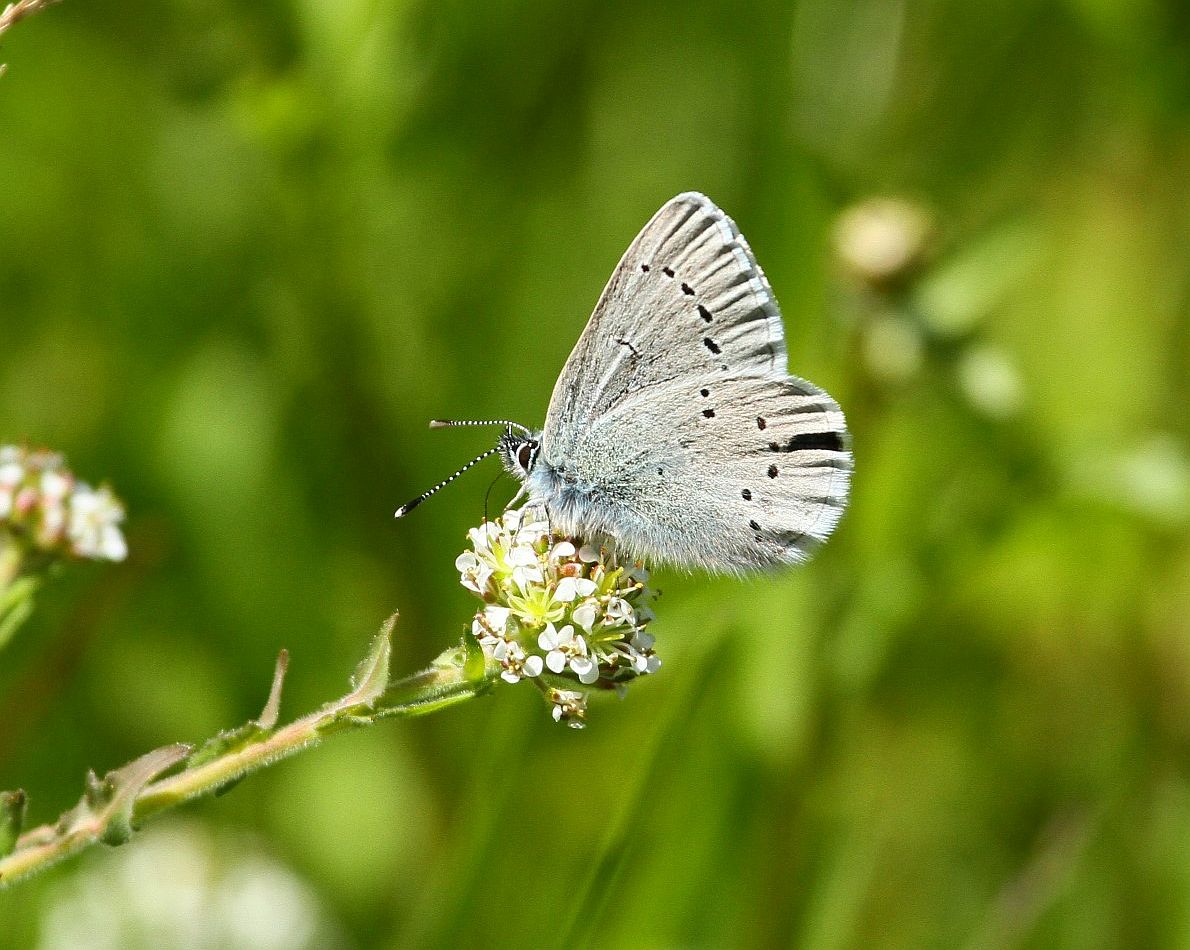
Silvery Blue Glaucopsyche lygdamus (Lep.: Lycaenidae) Ron Flower

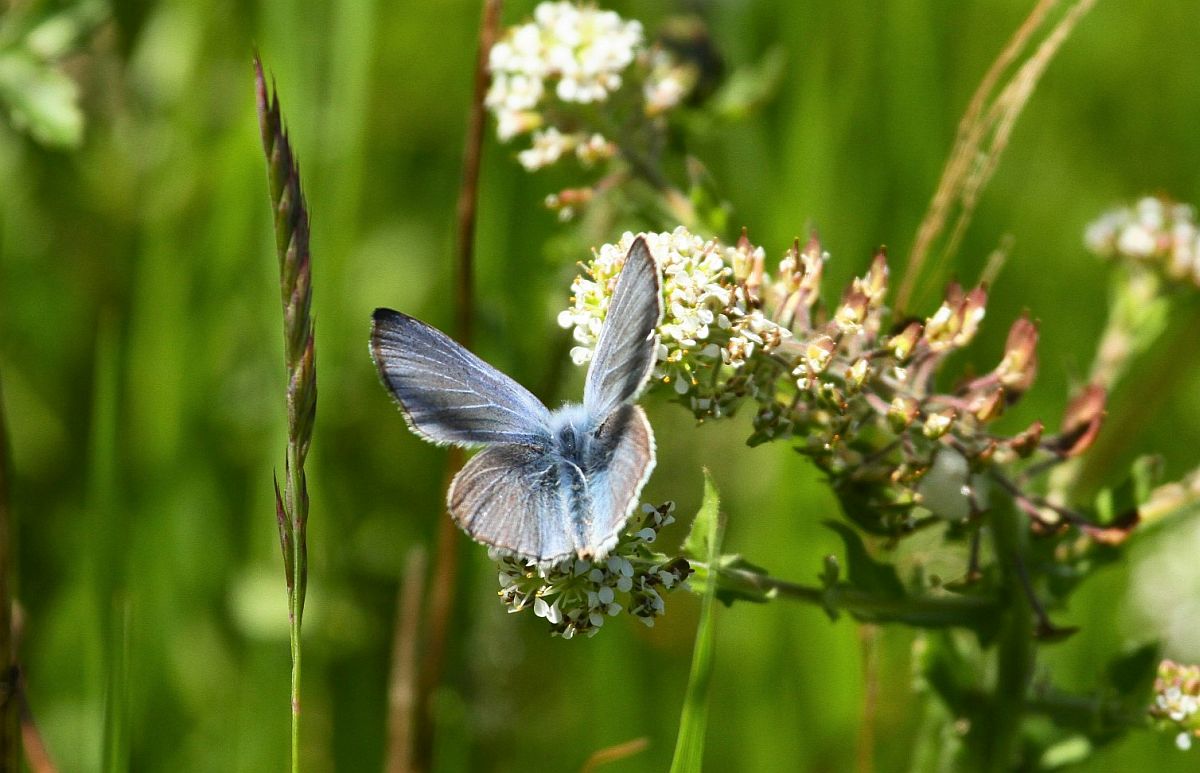
Silvery Blue Glaucopsyche lygdamus (Lep.: Lycaenidae) Ron Flower

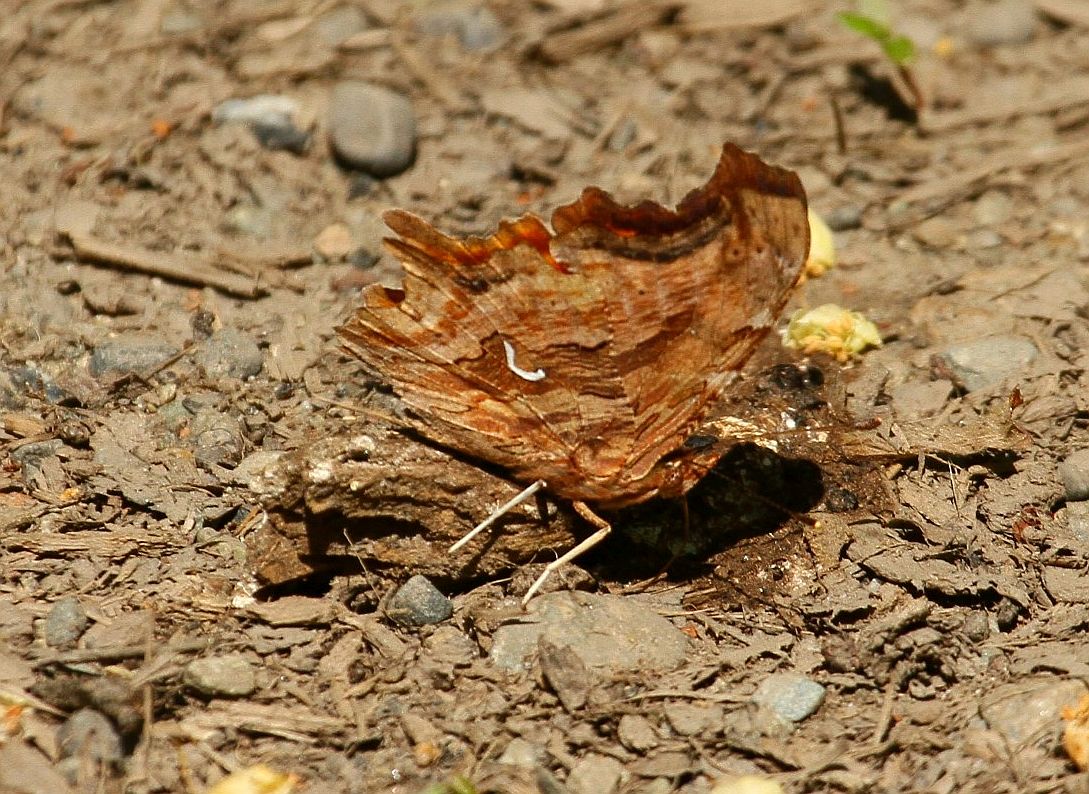
Male Satyr Comma Polygonia satyrus (Lep.: Nymphalidae) Ron Flower

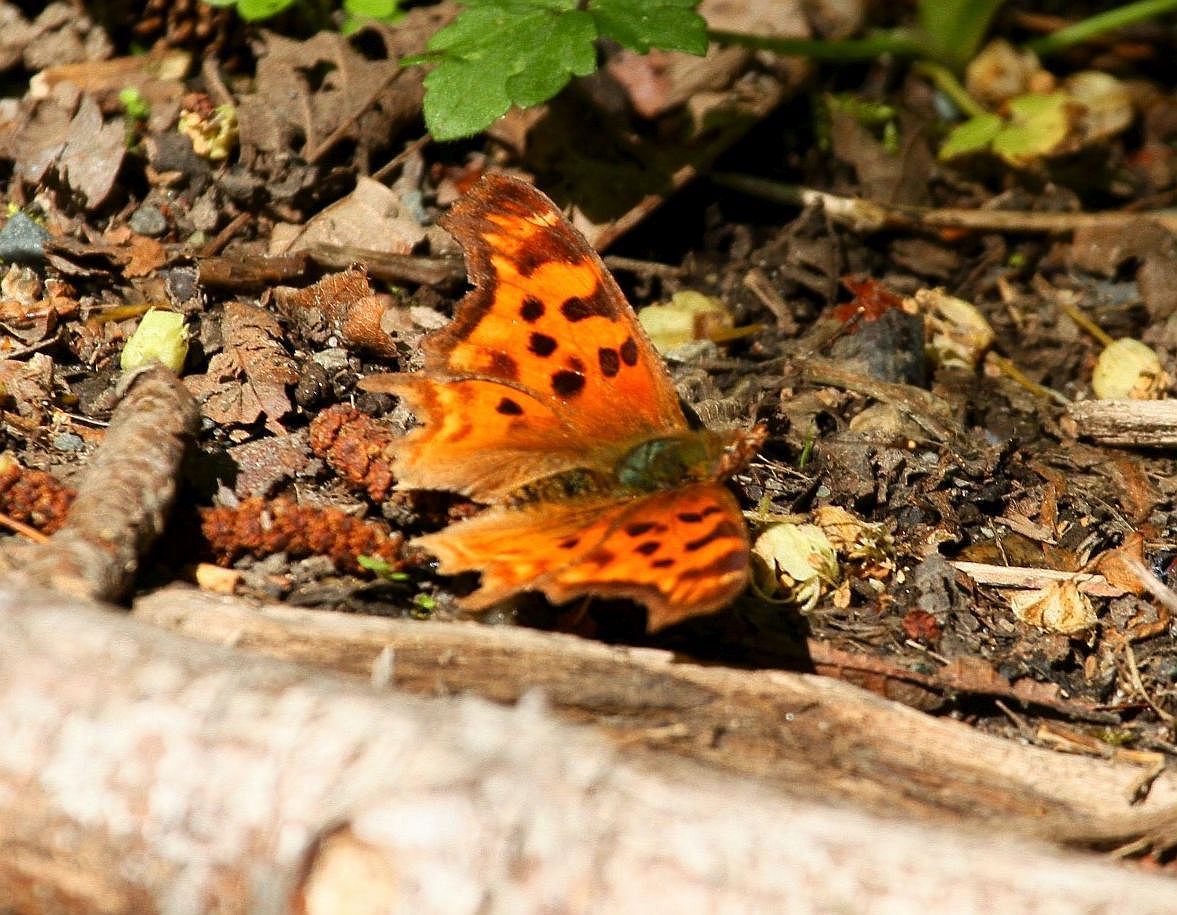
Satyr Comma Polygonia satyrus (Lep.: Nymphalidae) Ron Flower

